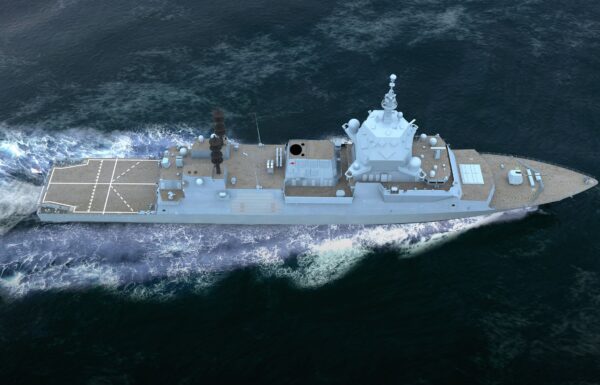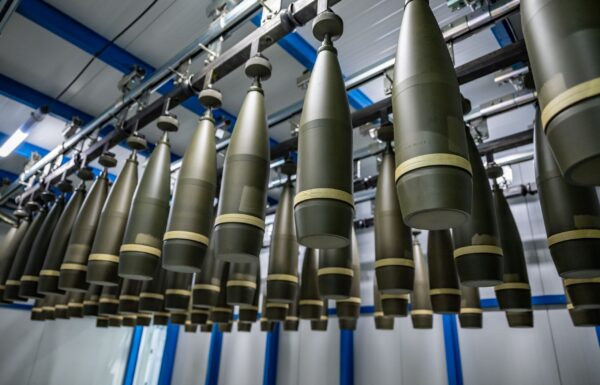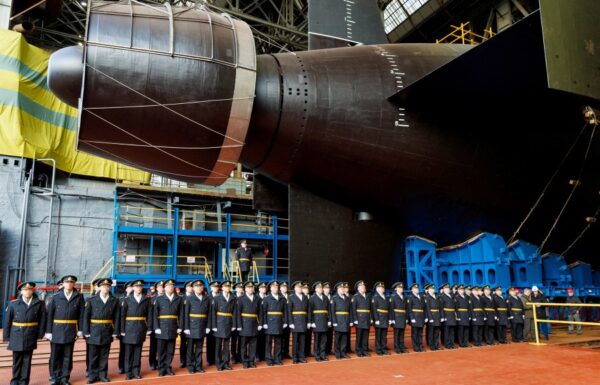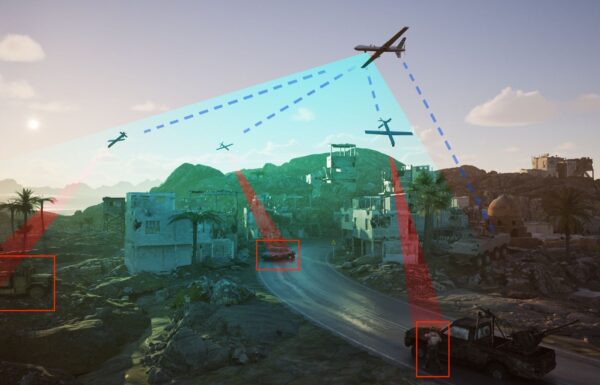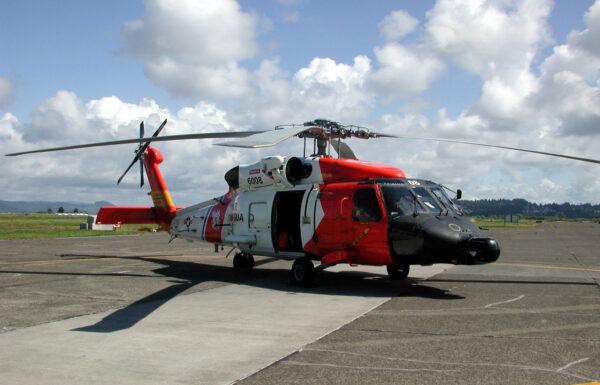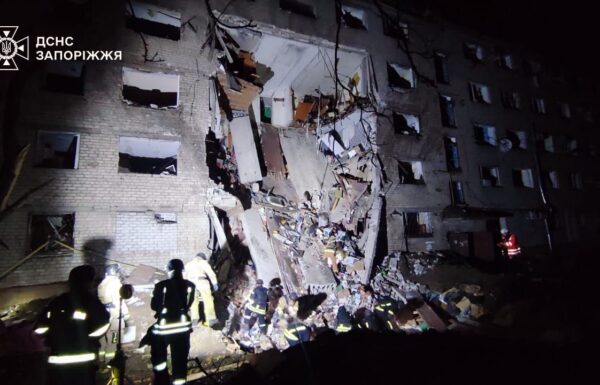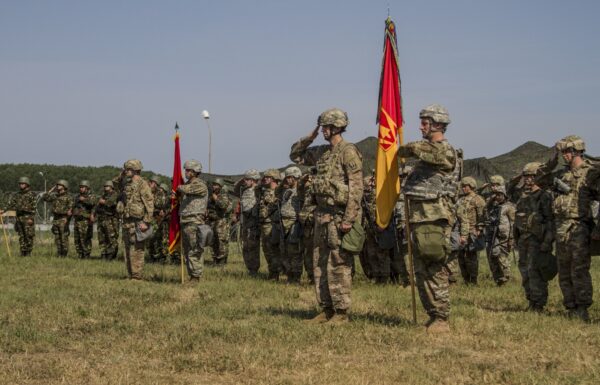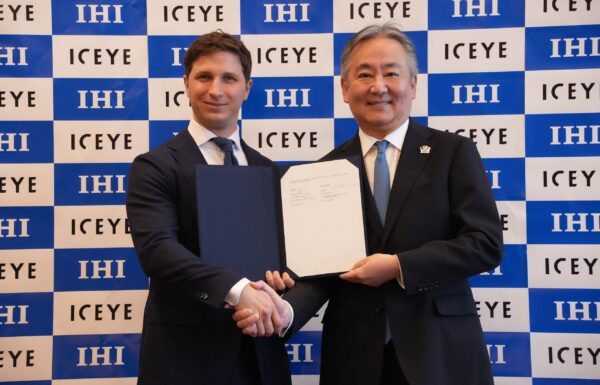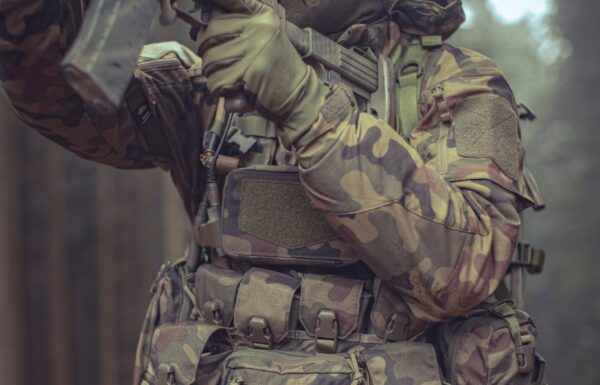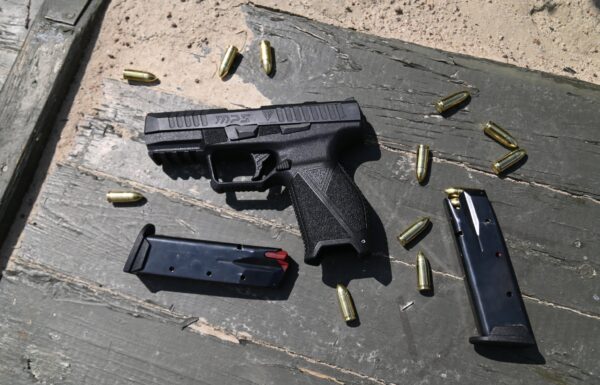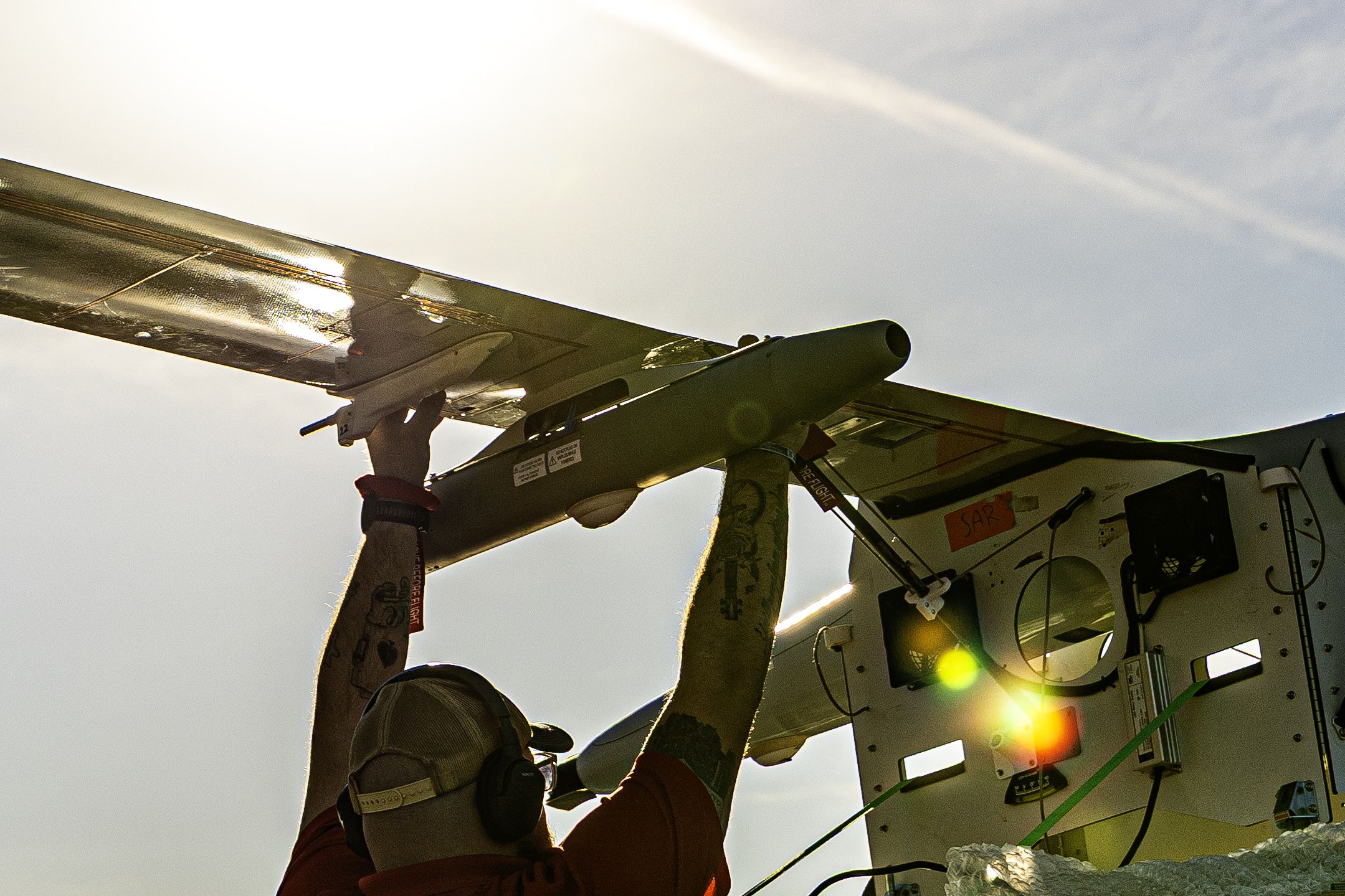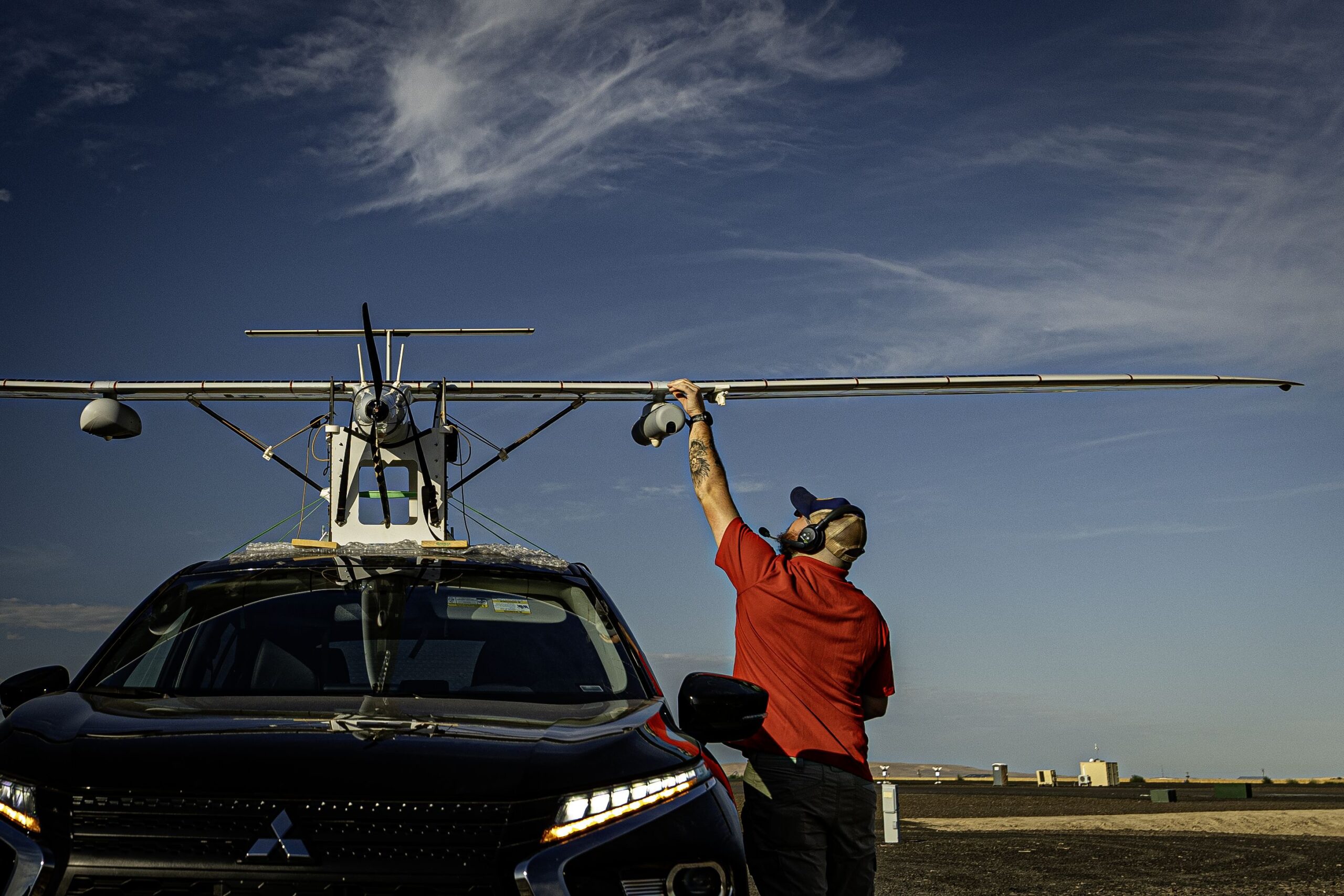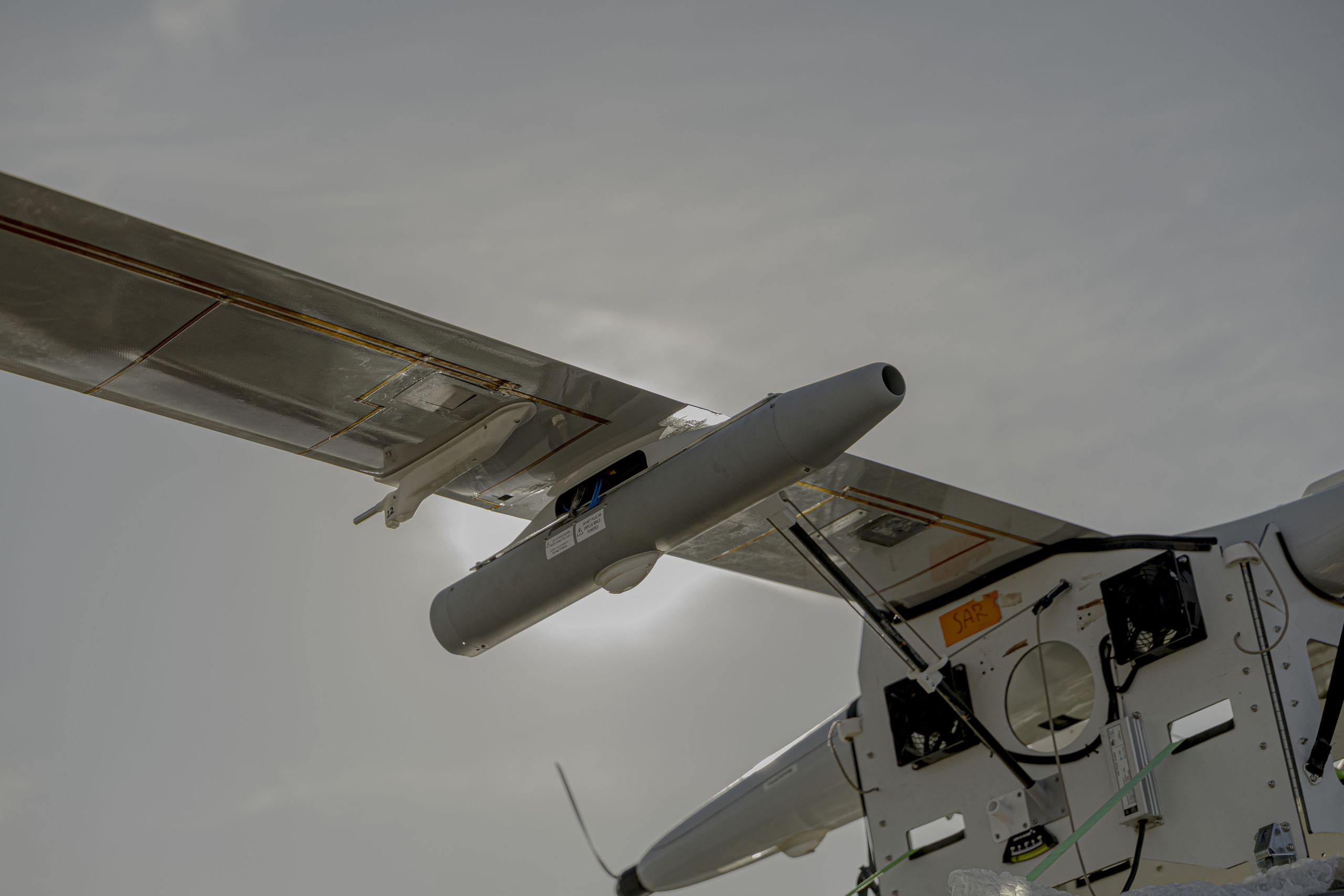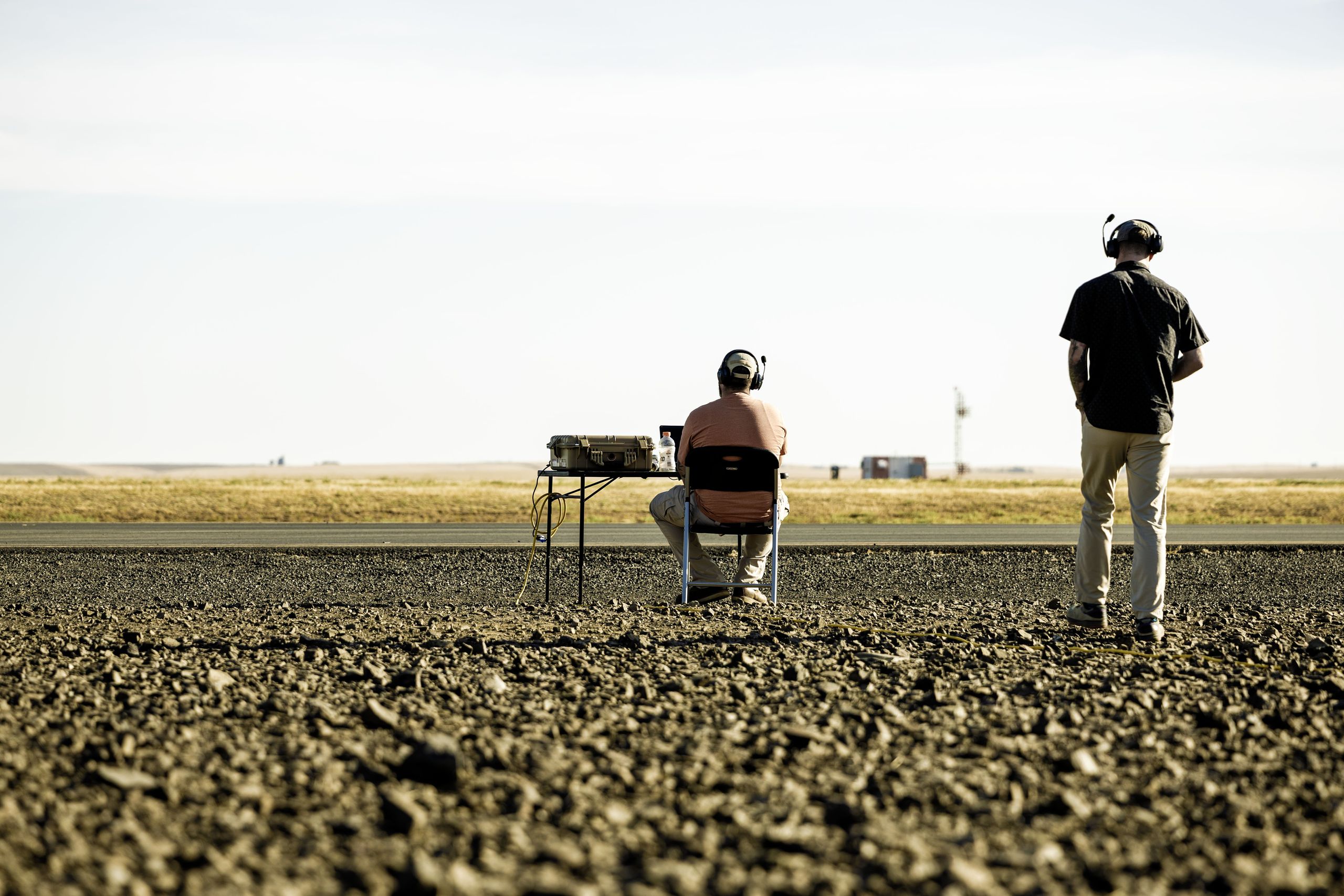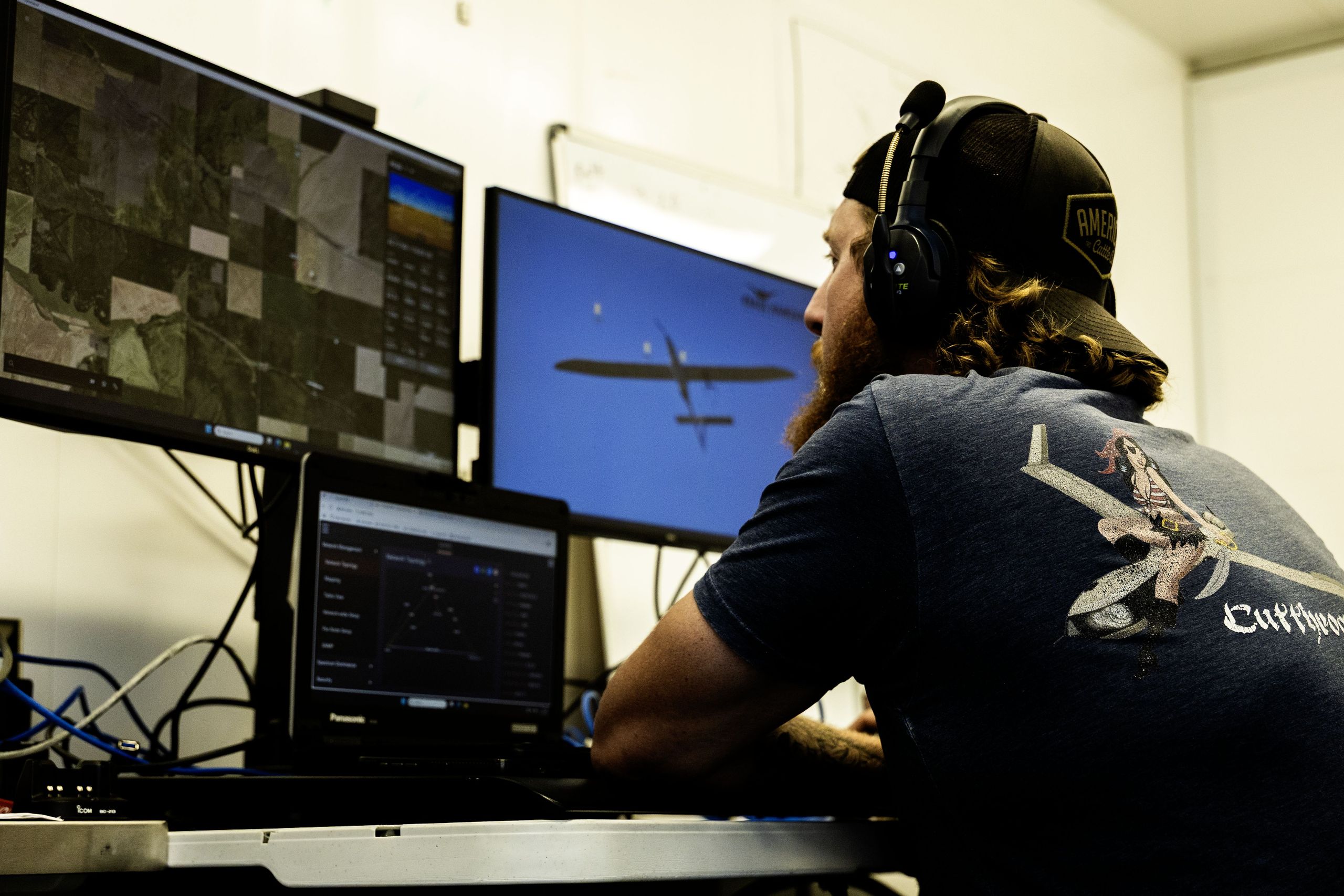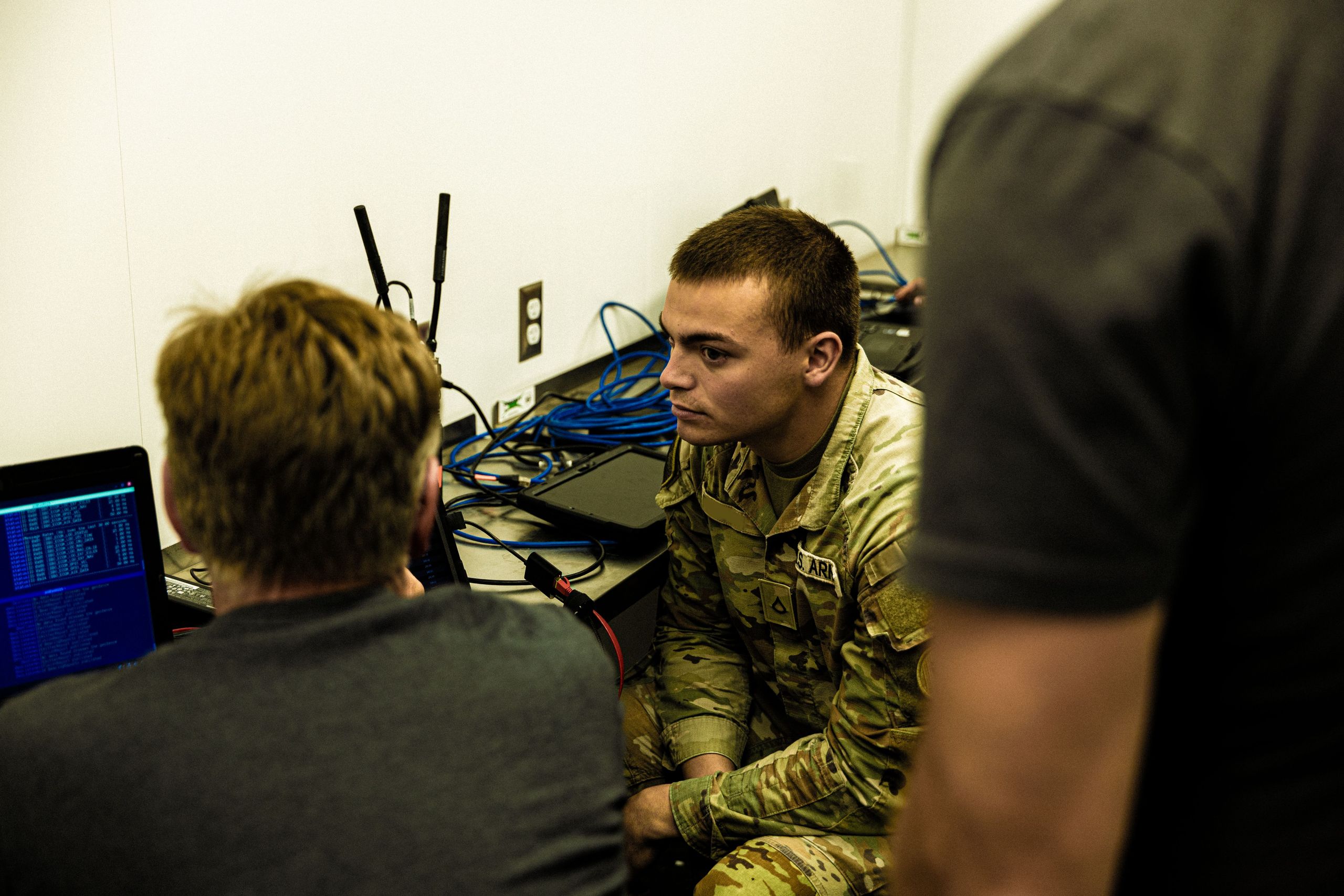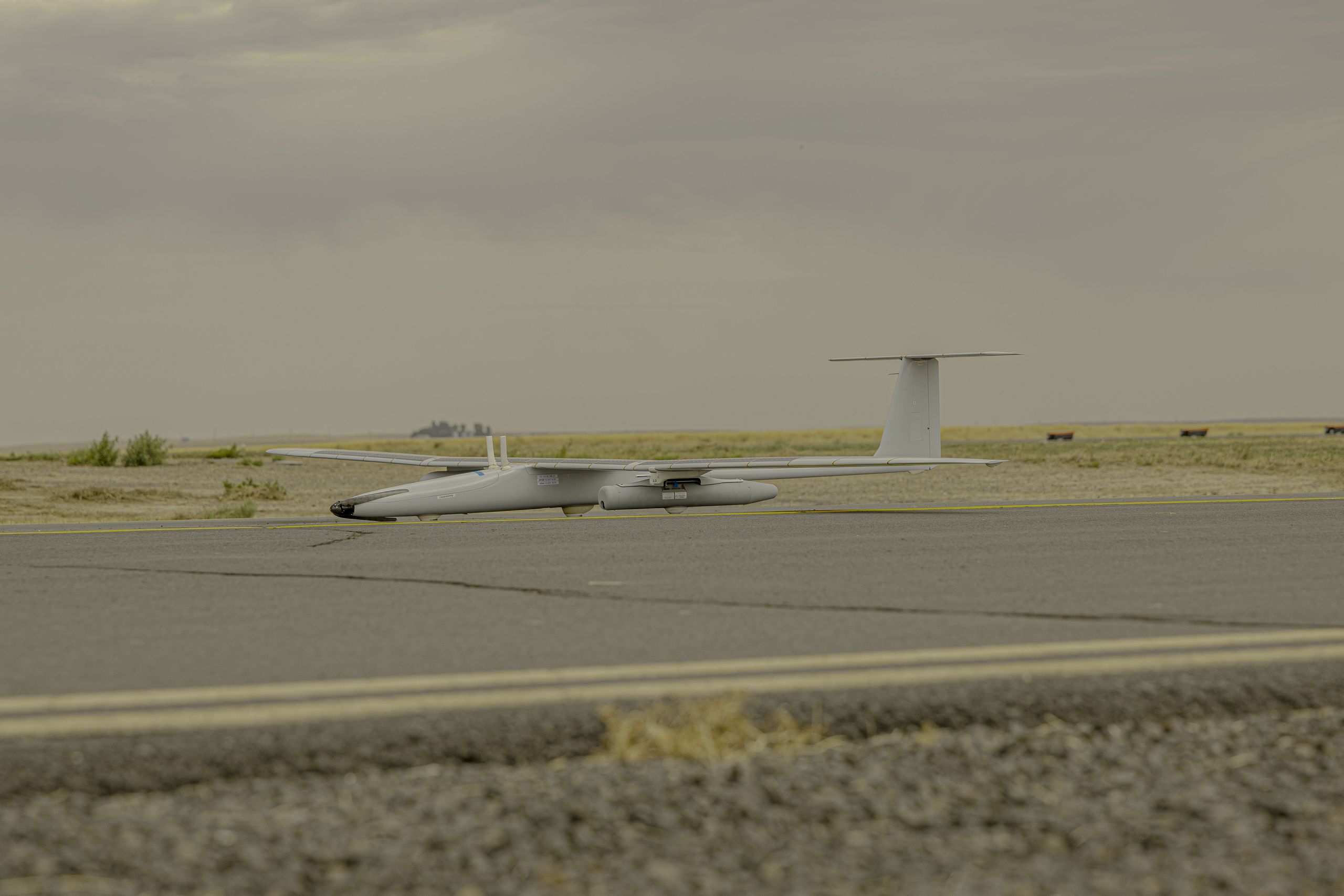IMSAR has taken radar, which used to be almost exclusively used on larger, strategic aircraft, and shrunk it into small, yet powerful systems that are accessible to tactical users and fit on unmanned and manned aircraft alike. The company has turned radar into a practical tool for soldiers who need intelligence quickly and across great distances.
Strategic Vision, Tactical Reach
The Army’s next generation of operations depends on combining information from many sources to create a clear picture of the battlefield. This is what IMSAR’s radars are designed to do. They give commanders the ability to see far, wide, and continuously, providing what the Army calls strategic intelligence at the tactical level.
Imagine a team needing to understand what is happening miles away, across hills, rivers, or urban terrain. Cameras can only see what light allows. Radar, however, scans large areas regardless of weather or time of day. It detects movement, change, and structure that might be inaccessible to other sensors or may go unnoticed by the naked eye. When this data is shared instantly across networks, it becomes the foundation for fast, informed decision-making.
By delivering this kind of awareness from small, easy-to-deploy systems, IMSAR’s radars help the Army turn wide-area sensing into a routine part of operations. It means information once available only to high-level commands can now guide tactical units on the ground.
From Detection to Precision
The Army’s focus on long-range precision fires depends on targeting that is accurate and timely. Radar plays a vital role here. It can spot movement and changes in the landscape, helping teams locate where threats are coming from or where targets are moving. Once identified, this information can be passed to other sensors or weapon systems that handle the next step.
In practice, this means radar is not just a distant observer; it is an active part of the target development chain. IMSAR’s family of radars, ranging from those mounted on small drones to those used on larger aircraft, gives the Army the flexibility to cover every layer of the mission. Whether launched from a lightweight platform or integrated into a larger manned aircraft, these systems provide the same essential value: clear, all-weather, wide-area awareness that enables precision action.
Proving It in the Field
Technology is only as good as what it can prove in real conditions. Earlier this year, IMSAR successfully demonstrated its NSP-3 radar integrated on the Kraus Hamdani Aerospace K1000ULE unmanned aircraft system during a U.S. Army event supporting the 1st Multi-Domain Task Force. Sponsored by the Department of the Army’s Strategy and Transformation office, the demonstration showed how compact, high-performance radar can provide all-weather, day-and-night intelligence and reconnaissance to Army units.
During the event, IMSAR’s radar delivered high-resolution imagery and real-time tracking of moving targets on the ground. It performed across complex terrain showing that even a small, lightweight radar can produce clear pictures and movement data over wide areas.
This success proved something important: radar does not have to be large to make a large impact. By combining IMSAR’s low-power radar technology with the long-endurance K1000 aircraft, the Army demonstrated a scalable and expeditionary sensing system — one that can deploy quickly, stay in the air for long periods, and feed accurate information directly to soldiers and commanders.
A Force Multiplier for Modern Operations
The Army’s modernization priorities depend on tools that work together, share data, and adapt quickly. IMSAR’s radar fits that need perfectly. Its compact size and modular, platform agnostic design mean it can integrate with many platforms, from small launched effects and drones to larger surveillance aircraft. This adaptability allows radar coverage to extend from the front line all the way to higher command levels.
Each radar acts as another node in a growing network of sensors, expanding the Army’s reach and resilience. By turning radar into a portable, easy-to-deploy capability, IMSAR is helping to make wide-area sensing available wherever it is needed — not just for large operations but for every mission that requires clear, precise, continuous awareness.
The Future of Army Radar
As the Army continues to modernize for large-scale operations, the role of radar will only grow. Compact systems like those developed by IMSAR show that high-performance radar no longer needs to be tied to large, costly platforms. Instead, it can travel with the mission, providing an unbroken chain of awareness from the tactical edge to strategic command.
The demonstration with the K1000 aircraft was more than a test. It was a glimpse into a future where radar is as flexible and agile as the soldiers who depend on it.
With every new deployment, IMSAR’s radars are helping the Army see farther, respond faster, and make smarter decisions — no matter the weather, the terrain, or the threat.
Because in the end, victory starts with understanding the bigger picture.
Sponsored Content


